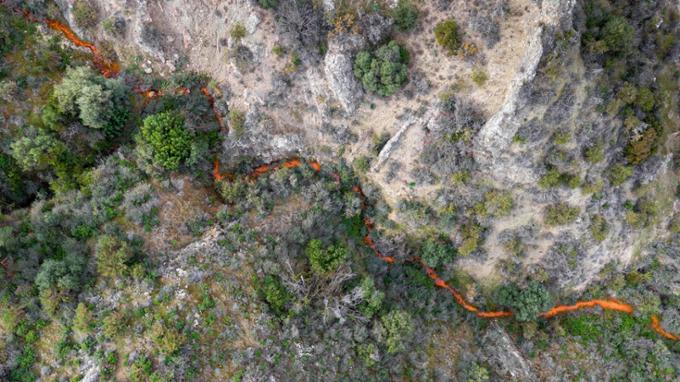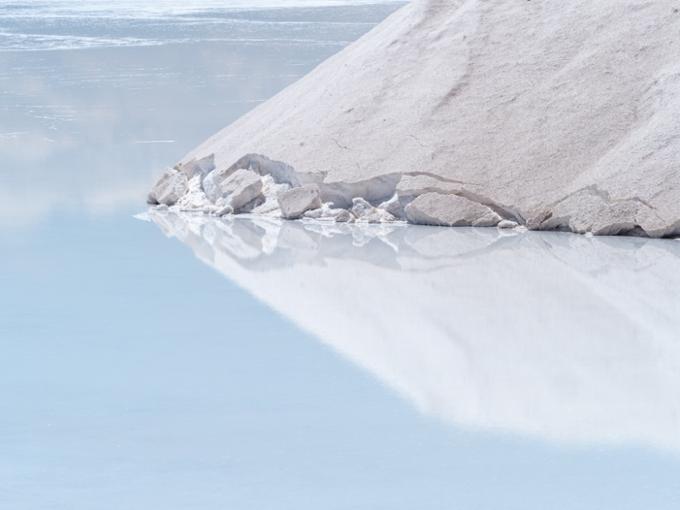Research
Research in the Department of Earth Sciences includes both traditional hard and soft rock geology and environmental geoscience subdisciplines. Our research interests are diverse and include structural geology and tectonics, sedimentary geology, fluid-rock interactions, petrology, geobiology, biogeochemistry, geomicrobiology, volcanology, environmental geology, and palaeontology. We currently have 9 research faculty, along with a diverse array of adjunct professors that facilitate our wide-ranging research expertise. Our research faculty members, graduate students, and collaborators are active in geoscience research in laboratory-based and field research in various parts of Saskatchewan, Canada, and elsewhere in the world. Research projects also span the timescale from the Archean through to modern times.
Explore Earth Sciences Research
Research Themes
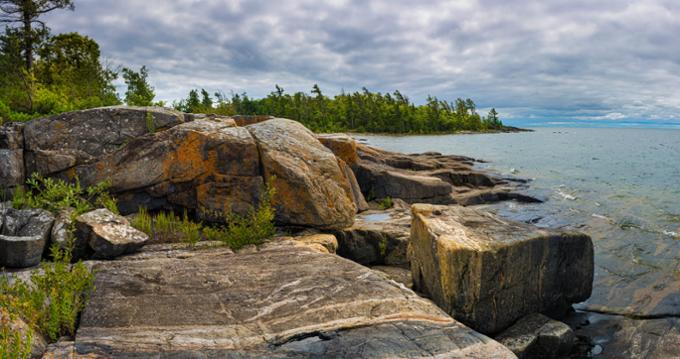
Understanding Earth History
Research Activities
Our faculty have diverse lab resources to support their research activities (see our Research Facilities).
Interested students or collaborators should contact individual faculty members for opportunities and for further information about research areas and facilities. Faculty research interests are briefly summarized below.
Dr. Kathryn Bethune
Precambrian tectonics
Dr. Bethune’s research is focussed on Precambrian tectonic processes, inter-relationship between deformation and metamorphism, structural controls of economic mineralization, and geochronology, including use of wide-ranging techniques/approaches (e.g., U-Pb, 40Ar-39Ar, detrital zircons) to constrain the timing of tectonic events and unravel orogenic histories. Current projects are mainly focused on Archean cratons (particularly Rae craton) and marginal Paleoproterozoic orogenic belts of Laurentia (Canadian Shield).
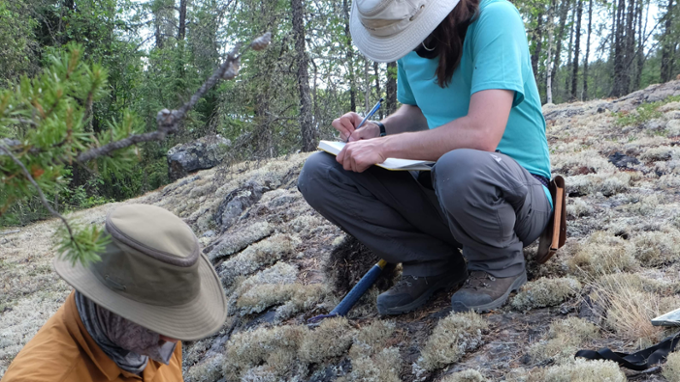
Dr. Guoxiang Chi
Mineral deposits and geofluids
Dr. Chi’s research centres on fluid geochemistry and hydrodynamics in relation to metal mineralization (especially U, Co-Ni, REE and Li) and hydrocarbon accumulation using fluid inclusion analysis and numerical modeling techniques. Current research includes study of hydrodynamic linkage between shallow and deep mineralization systems and its implications for deep mineral exploration, modeling of coupled thermal – hydraulic – mechanical – chemical (THMC) processes as critical control of mineralization, and deciphering why the Athabasca Basin is exceptionally enriched in high-grade and large-tonnage uranium deposits and its implications on global uranium resource evaluation and exploration.
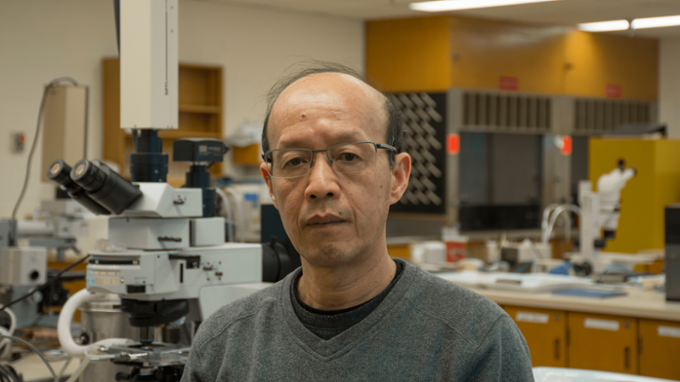
Dr. Ian Coulson
Volcanology
Dr. Coulson's research addresses our understanding of igneous activity and volcanism on Earth and across the terrestrial planets and small bodies of our Solar System. Some of this work has focused on petrological studies of volcanic and intrusive rocks from Colombia, Greenland, Italy, the Moon and Mars.
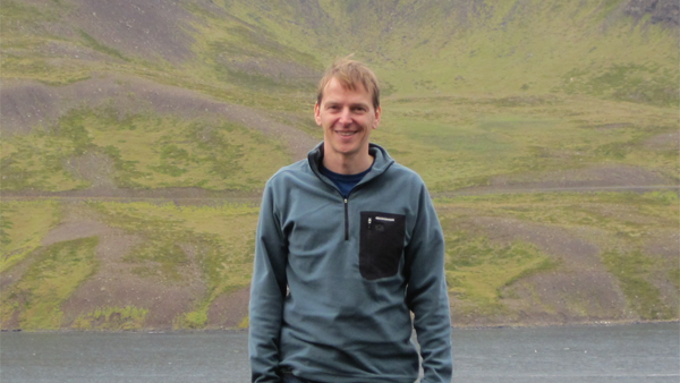
Dr. Joyce McBeth
Geomicrobiology and environmental remediation
Dr. McBeth is a geomicrobiologist who works primarily on topics in mine waste biogeochemistry and environmental remediation. She uses synchrotron approaches for chemical characterization of geological media, organic-mineral coprecipates and influence on biogeochemical stability. Current research includes biogeochemical studies of mine wastes from northern Quebec and Giant Mine, NWT, passive treatment systems, and Saskatchewan microbialites.
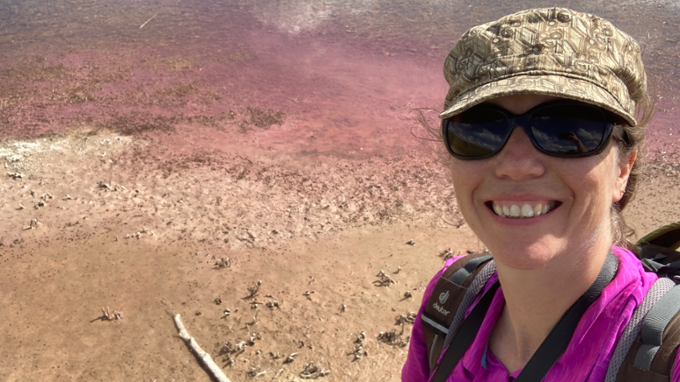
Dr. Hairuo Qing
Carbonate rock diagenesis and geochemistry
Dr. Qing’s research is focused on petrography and geochemistry of carbonate rocks, especially dolomitization and its control on reservoir development in the sedimentary basins. He is also working on: CO2 storage and sequestration using existing hydrocarbon reservoirs; secular variation of isotopic composition of seawater in the geologic history and the forcing mechanism for these changes; and reconstruction paleoclimate changes in geologic history based on the isotopic records from speleothems.
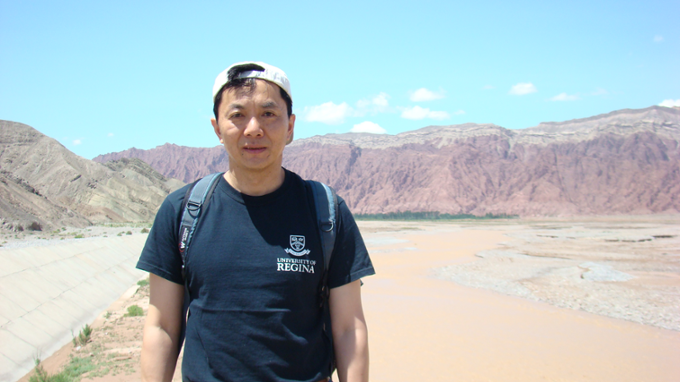
Dr. Tsilavo Raharimahefa
Volcanotectonic evolution of rift zones
Dr. Tsilavo Raharimahefa's expertise is mainly in the field of structural geology and tectonic evolution of both oceanic and continental lithospheres. He also focuses on the application of geochronology and lithogeochemistry to various problems in tectonics and the application of Remote Sensing and Geographic Information Systems in geological mapping, structural analyses, mineral exploration and geological modeling, neotectonics, and tectonic geomorphology. His current research topics include 1) Understanding of continental rift initiation and understanding of the interplays between Quaternary volcanism and pre-existing Precambrian basement structures; 2) Remote sensing and near-surface geophysics of REE-deposits; 3) Kinematics of shear zones and emplacement of syntectonic granitoids; 4) Interplays between structural features, climate change, and landscape evolution; and 5) Origin and tectonic significance of deformation bands in Karoo sandstone.
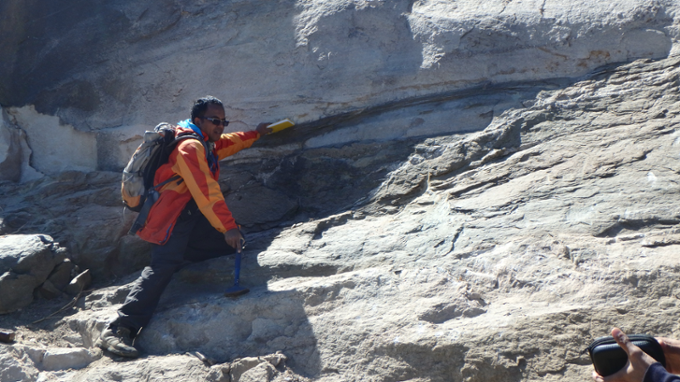
Dr. Leslie James Robbins
Geobiology, stable isotopes, geochemistry
Dr. Robbins’ research is in the areas of geobiology, low temperature aqueous geochemistry, and stable isotope geochemistry. Current research includes investigating trace metal records in banded iron formations and black shales to track the coupled evolution of life and Earth’s surface environments, along with studies on non-traditional sources for critical minerals in southern Saskatchewan.
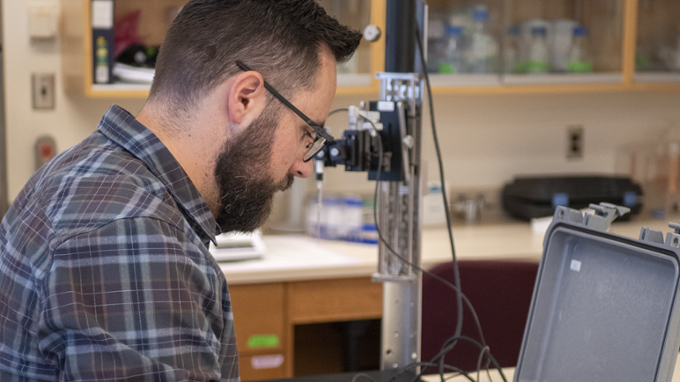
Dr. Osman Salad Hersi
Sedimentary basin analysis of hydrocarbon reservoirs
Dr. Salad Hersi’s research is in sedimentary basin analysis of both carbonate and clastic sequences, tectono-eustatic influences on basin-fill architecture, and effects of diagenetic alterations on reservoir properties. Current projects focus on the Cretaceous (Dhofar Region) and Eocene to Pliocene succession (Batina Coast) of Oman, Eocene to Miocene succession of NE Somalia, Ordovician (Winnipeg Fm.) and Silurian (Interlake Fm.) of Williston Basin (Saskatchewan), Cambrian-Ordovician sequences of the Laurentian margin (Ontario and Quebec), Late Cretaceous deposits of the Bida Basin (Nigeria) and the Cenozoic succession of Niger Delta (Nigeria).
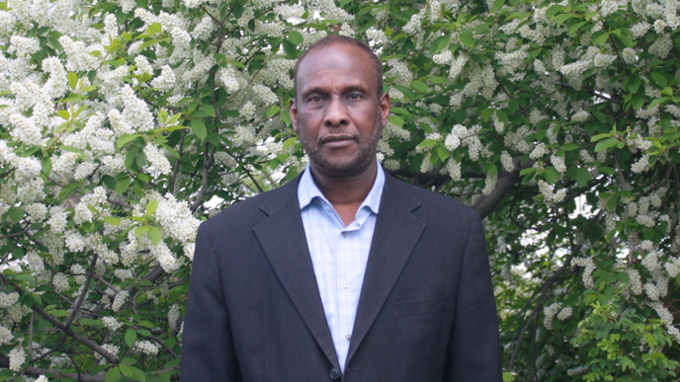
Dr. Maria I. Velez
Quaternary paleoenvironments and climates/diatom evolution and biogeography
Dr. Velez is interested in understanding environmental change and how aquatic ecosystems change in space and time. She uses diatoms, sediments, and sediment geochemistry in the reconstruction of Cretaceous and Pleistocene/Holocene environments and climates. Current projects include: Holocene climates and lake evolution in Southern SK; Freshwater diatoms from the Battle Formation; Pleistocene climates and their effect on Fuquene lake; Holocene climates from northern South America.
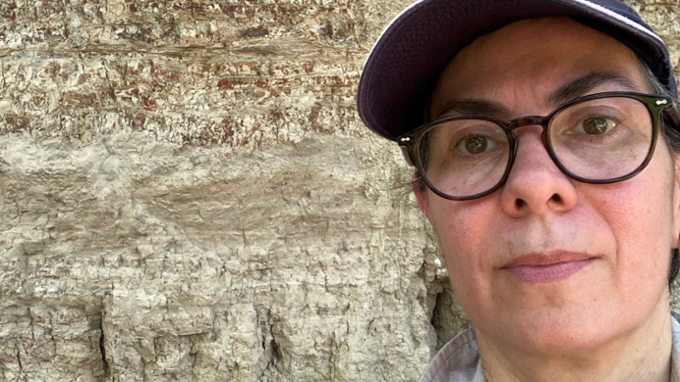
Collaborations and Partnerships
Since its inception, the Department of Earth Sciences has derived great benefit and support from ongoing research collaborations with the Saskatchewan Geological Survey and the Saskatchewan Research Council. On the 'soft rock' side, both the Geological Survey of Canada (GSC-Calgary) and the Saskatchewan Geological Survey - Subsurface Laboratory and core depository constitute invaluable research resources for many of our faculty and students. Similarly, a large amount of research and student support (both for field and laboratory work) has come from the Precambrian Division of the Saskatchewan Geological Survey. Our department also regularly hosts visiting scholars, leading to fruitful international research collaborations in diverse fields of Earth sciences. Our faculty collaborate with colleagues at other universities and institutions (including our adjunct faculty). Numerous faculty have industry partnerships that provide access to field sites, matching grant funds, and additional analytical capabilities and/or expertise.
Funding
The research in the Department of Earth Sciences has received strong support from multiple funding sources including the Canadian Natural Sciences and Engineering Research Council (NSERC) Discovery Grant (DG) program, the NSERC Collaborative Research and Development program (CRD, now Alliance), MITACs, the Canadian Foundation for Innovation infrastructure program (CFI), the Natural Resources Canada (NRCan) Targeted Geosciences Initiative (TGI), the Petroleum Technology and Research Centre (PTRC), as well as partnerships with private companies. In addition, our graduate students receive scholarships from various internal and external sources, which further contribute to our research programs.
For further information on graduate funding for prospective graduate students, see our scholarships and funding page.
